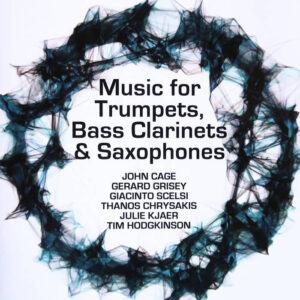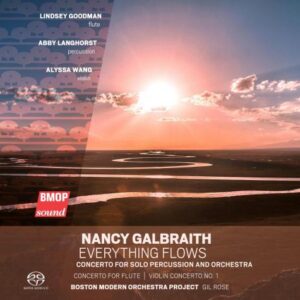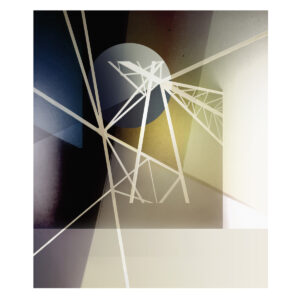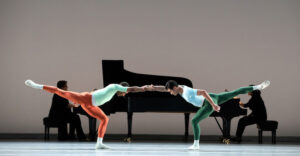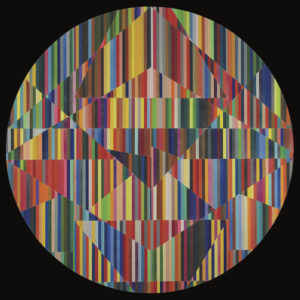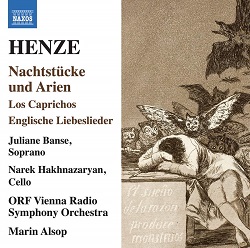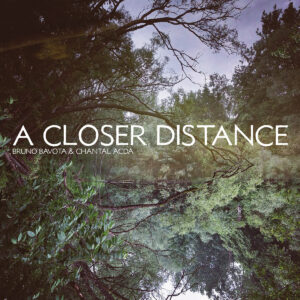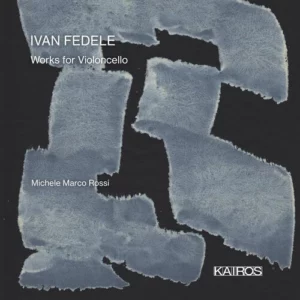Khruangbin remixes Arooj Aftab
Arooj Aftab’s Night Reign was one of my favorite recordings of 2024. Released today, the Thai funk by way of Texas artists Khruangbin have made a remix of one of the album’s most memorable tracks, “raat ki rani.”
As a bonus, here is another favorite from Aftab, live in London playing with Anoushka Shankar:
____
Aftab’s Night Reign Tour 2025 begins late March in North America, Brazil and UK/EU:
NORTH & SOUTH AMERICAN TOUR DATES
3.27.25 | Union Stage | Washington, D.C
3.29.25 | Big Ears Festival 2025 | Knoxville, TN
5.22.25 | C6 Festival | São Paulo, Brazil
5.29.25 | Spoleto Festival 2025 | Charleston, SC
6.15.25 | Bonnaroo | Manchester, TN
6.21.25 | Fine Line | Minneapolis, MN
6.22.25 | Old Town School of Folk Music | Chicago, IL **2nd show added**
6.24.25 | Toronto Jazz Festival | Toronto, Canada
6.25.25 | Ottawa Jazz Festival | Ottawa, Canada
6.26.25 | Festival International De Jazz De Montreal 2025 | Montreal, Canada
UK/EU TOUR DATES
4.4.25 | House of Music | Budapest, Hungary
4.5.25 | Rewire Festival | Den Haag, Netherlands
4.7.25 | WOW Festival | Kallithea, Greece
4.12.25 | Sogodbe X Kino Šiška | Ljubljana, Slovenia
4.14.25 | Auditorium Parco Della Musica | Roma, Italy
4.15.25 | Teatro Della Triennale | Milan, Italy
5.2.25 | Polygon Live 360º | London, United Kingdom
5.5.25 | Cathedral Quarter Arts Festival | Belfast, United Kingdom
5.7.25 | Brighton Music Festival 2025 | Brighton, United Kingdom
5.9.25 | Norfolk & Norwich Festival | Norwich, UK
5.11.25 | Jazz à Liège 2025 | Liège, Belgium
7.6.25 | Love Supreme Festival | East Sussex, United Kingdom
7.9.25 | Ravenna Festival | Cervia, Italy
7.31.25 | Midzomer Festival Openair | Leuven, Belgium
8.2.25 | All Together Now 2025 | Waterford, Ireland

